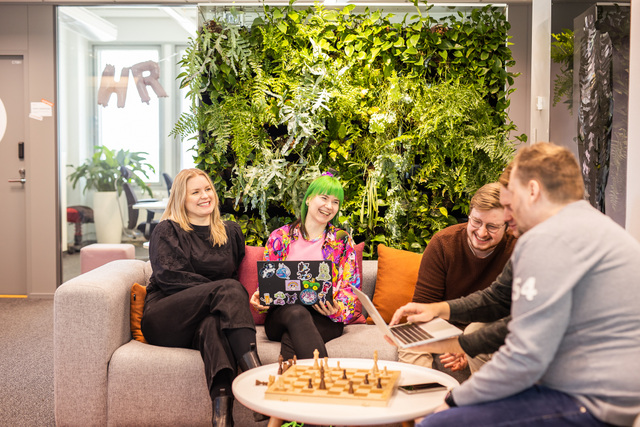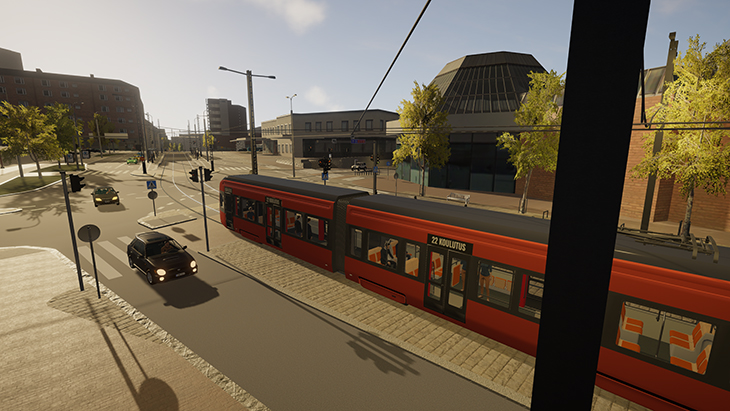The manufacturer of mining industry machinery, Sandvik, was getting ready to take the digital leap, and the company set its sights on the product development simulators of Gofore’s subsidiary Creanex.
Technological progress and the rising demand for more automated solutions meant that it was an appropriate time for the company to replace the old hydraulic control systems with new digital solutions. The move towards digital transformation also opened doors to the development of more advanced and complicated control systems. However, this change also meant that new virtual design and testing tools had to be created to meet the needs of product development.
“Mining industry machinery is operated in challenging conditions, and the modernisation and creation of smarter control systems for the machines means that we need to develop them as far as possible under controlled and reproducible conditions prior to producing a prototype,”, says Sami Hanski, R&D Manager at Sandvik.



